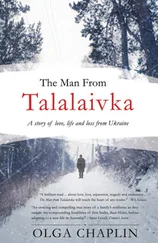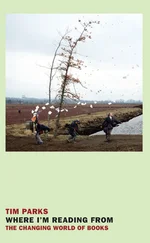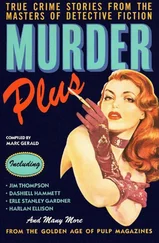As we came closer to the coast, birds skimmed and whirled. The coastline is always changing here. Sediment and sand constantly form new low islands and sandbanks. Finally, we came to where this branch of the river flows out to the sea. A monument has been erected on the beach and become slightly lopsided. It is black, made of steel and says “Okm.” It means “kilometer zero.” It is supposed to refer to the end of the river, but might as well refer to the end, or the beginning, of Ukraine.
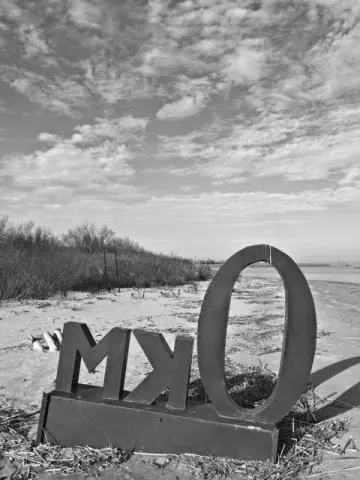
The “Kilometer Zero” monument, at the point where the Ukrainian branch of the Danube runs out to the Black Sea. December 2014.
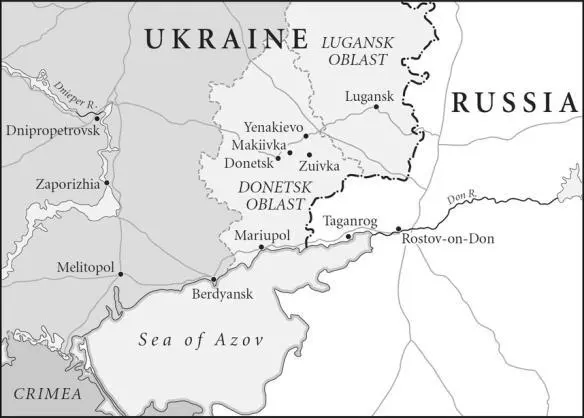
Vladimir Vygonnyi is a wiry seventy-something. Even though there was no war on the morning we met, he was wearing a khaki uniform including a military-style cap and badge. Later I found an article from 2005 which described him as wearing the same thing. Vygonnyi wanted to show me something. We drove on a churned-up road until we got to a massive gash in the landscape. It was an illegal open-pit coal mine. Vygonnyi said he had been an activist of one sort or another since 1964. In 1985, when Mikhail Gorbachev assumed power in the Soviet Union, he, like many others in communist countries, tested the political water by creating an ecological action group. He has been fighting ever since, and Zuivka, an hour’s drive due east of Donetsk, is about as hard a place to be an ecologist and activist as any in Europe.
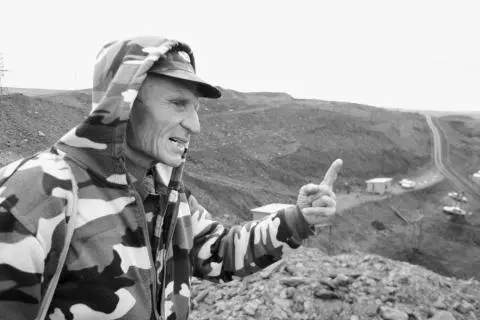
Vladimir Vygonnyi at an illegal coal mine. Zuivka, April 2014.
At first many thought him an eccentric but, in 2001, he spearheaded a successful campaign to stop the construction of two factories, which would have spewed high levels of pollution over the area. Now the issue is, or at least was before the war, kopanki , or small illegal mines. In difficult times, he explained, locals had always taken to a bit of DIY cottage mining to make ends meet or simply to heat their homes. With coal so close to the surface it is not hard to do. But the last fifteen years or so have seen a complete transformation of this into a multimillion-dollar criminal industry. In 2012 Ukraine produced 61.1 million metric tons of thermal coal, which is the type usually used in power plants. But examinations of the amount of coal moved by Ukraine’s railways showed that much more than that was being shifted. Estimates varied, but between 5.8 and 7 million metric tons of coal were believed to have been mined and sold illegally. Almost all of that was in Donetsk and Lugansk, and Zuivka was one of the most important centers of the business.
On the day we visited there was heavy machinery in the pit but there were no miners. Still, in this and other illegal mines, explained Vygonnyi, miners got salaries which were far smaller than even in state-owned mines and “there are no social guarantees if you are injured or killed. They just dump bodies somewhere. Five were found like that last year in this region alone.” Once the land here is dug for coal it means, of course, that it is lost for agriculture. Like elsewhere in Ukraine, locals received land when the collective farms were broken up. As the law stands, they cannot sell it but only pass it on to their heirs or rent it. Everywhere else people rent their land to agro-industry companies, who thus consolidate large areas for commercial farming. Here, with coal just under the surface, mining companies had moved in. Ordinary people might want to use their land to raise cattle or grow something, but with so much money to be made in illegal mining this is becoming more difficult in places like Zuivka. “People are afraid,” said Vygonnyi. If they refused a demand to use their land for mining: “They would be threatened or killed. Only in Zuivka they want to take 10,000 hectares.” So far they had taken only 1,000, but he pointed out “there are thousands of villages like this.”
Nikolai Ponomarenko, the mayor of Zuivka, tried to stand up for people and stop the illegal mines. Allegedly he refused the illegal miners’ bribes. Then, said Vygonni, “they planted $10,000 in his car and the police arrested him. He was killed in jail, in pretrial detention in August 2011.” Officially he died of a heart attack.
The illegal mining industry began to grow in the 1990s as fifty-two of the most unprofitable mines were shut down. Profitable mines were privatized and many of them now belong to Rinat Akhmetov, Ukraine’s richest man and once most powerful oligarch. Up to now state-owned mines have continued to be heavily subsidized though. And this is where the great criminal opportunity opened up. Companies could buy, or illegally mine, coal cheaply and feed this into the state mining system, which gave them a handsome profit paid for by the taxpayer. A detailed study conducted by the Organized Crime and Corruption Reporting Project (OCCRP), a well-known and reputable investigative organization that concentrates on the former communist countries of Europe, calculated that some $678 million had been stolen in 2012 in this way. The government coal subsidy, it said, “is in effect siphoned from state mines into private pockets, as the mines claim to be producing more coal than they actually do produce.” It cited the example of one mine which exceeded its planned monthly output by 20 to 30 percent, when coal extraction in 2012 rose by less than 5 percent. It also noted a second scam, to create companies to sell mining equipment to state-owned mines. The crucial issue was who was at the heart of all this. According to Vygonnyi it was a pyramid which led all the way to the top, that is to say, to local boy made good, President Yanukovych. Vygonnyi said he had been writing to the local prosecutor to do something about illegal mining but unsurprisingly nothing had happened. People said to him: “How come you are still alive?”
The OCCRP report was more specific about who was making money and how. It followed the paper trails via the British Virgin Islands and Switzerland and proved what many locals believed but could never prove themselves—that the heart of the business was actually controlled by Oleksandr Yanukovych, the president’s son, and various presidential cronies. As we walked around the deserted mine, which might have stopped work because of the highly unstable situation in the east, Vygonnyi talked about the demonstrations by anti-Maidan pro-Russians in Donetsk. The people organizing them, he said, “are hoping for Russian support, so they will not be punished for their crimes… Donbass is a bandit region, and for local people things have become worse and worse since the 1990s.” The local political-cum-mafia classes were not just stealing money, they were “carrying it out in suitcases. They are stealing our land too and our air, which is very polluted with methane gas which is everywhere and destroying our ecology. People are dying early because of the ecological situation.”
In the muddy center of the village, Vygonnyi laid out a large map to explain where the mines were and showed us a monument he had built with his own hands and money to honor local miners. The centerpiece was a small pyramid in the middle of which was a kind of shrine containing a miner’s hammer, helmet and lamp.
A few hours later, when we got back to Donetsk, we found that the local Berkut, the riot police, many of whom had fought the revolutionaries in Kiev, had just seized the regional police headquarters. It was April 12, 2014. The war was beginning. Within months many of the region’s mines were flooded. The rebels raided them for explosives and detonators. Some miners joined the rebels but many did not. They were trapped. If Ukraine wins the war, many mines will close as subsidies come to an end, and more will lose their jobs. If the rebels win, the area will remain what it had already become a year later, an economic twilight zone with virtually no economic future whatsoever.
Читать дальше




